In the past three decades or more the Indian Air Force has had the strategic advantage of better beyond visual range (BVR) missiles for its fighter jets. It has been using the Russian R-73 missiles fired from the MiG 29 and also the Sukhoi-30 MKI. In that era a missile like the R- 73, which could be fired from say 30-40 kms away, was a very effective weapon.
It was only in 1990 that the US and it’s NATO allies learnt the actual prowess of the R-73. After the unification of East and West Germany, the German Air Force had stockpile of R-73 missiles. Performance evaluation in mock combat with western missiles like the ‘Sidewinder’ was a wake-up call. The revelations triggered development of the latest versions of the Sidewinder, the MICA and the Python series of missiles.
India with the help of Russians, the MBDA of France and Rafael of Israel has kept abreast as technology changed. Betters radars meant the fighters could be seen and consequently they needed better BVR missiles. As off now the jets can fire at targets that are more than 120 kms. In the Military terminology, a missile that fire at targets 20 miles ( 37 kms away) in the air is classified as BVR.
The Indian weapon: Today the arsenal of the IAF is undergoing a change as the ‘Aastra’ developed by the Defence Research and Development Organisation (DRDO) has been tested from the Sukhoi-30-MKI. It can fire at targets as far as 110 kms away. The DRDO is already talking about ‘Aastra-2’
The technology: The Python from Rafael Advanced Defence Systems an air-to-air missile designed to engage very short range and near beyond visual range targets. It is mated with the Su-30MKI. The missile has an imaging seeker, inertial navigation system beside other goodies like a solid fuel rocket motor and warhead ensure a high probability of success. The missile features an advanced electro-optical imaging infra-red seeker which scans the target area for hostile aircraft and then locks on to the target.
The Russian R-73 was the first of the fourth generation air-to-air missile and provided a quantum jump in capability. It uses an advanced cryogenic seeker to improve the ‘capture’ of the target, was resistant to infrared countermeasures by the target aircraft and the agility of the missile was increased by thrust vectoring.
The indigenously developed Light Combat Aircraft (LCA) Tejas has successfully fired an the Derby another missile from Israel.
MBDA’s mica is part of the IAF’s Mirage fleet In 2012 the Cabinet Committee on security (CCS), the country’s apex security decision making body headed by then Prime Minister Manmohan Singh, gave its nod to a $ 1.23 billion deal to get 450 MICA BVR missiles. The Rafale fighter jets, of which India ordered 36, will carry the Meteor BVR missile
History of how we reached BVR: During the 1965 war with Pakistan IAF pilots only had onboard cannons to fire at enemy. The first IAF pilots to have recorded a ‘mid-air’ kill were Squadron leader Trevor Keelor and his flight mate Flight Lieutenant VS Pathania, both over Chammb-Jaurian in J&K. Both had just 30 mm cannon’s to fire at targets less than 1000 yards away. “Shooting down of an F-86 Sabre by the small Gnat ( of the IAF) had a stimulating effect on the morale of the India pilots,” writes SN Prasad in his book ‘The India Pakistan War of 1965’ an authorised account from the Ministry of Defence archives.
By the 1971 war with Pakistan the IAF had graduated to firing missiles and first such mission was on morning of December 4. A pair of MiG 21’s fired an air-to-air missiles at two Pakistan air force F-86 Sabre over Dhaka.





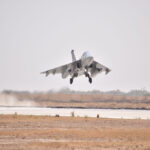
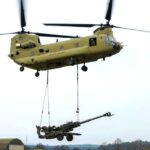
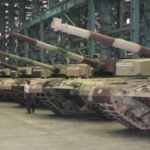
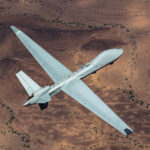
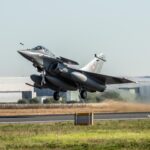





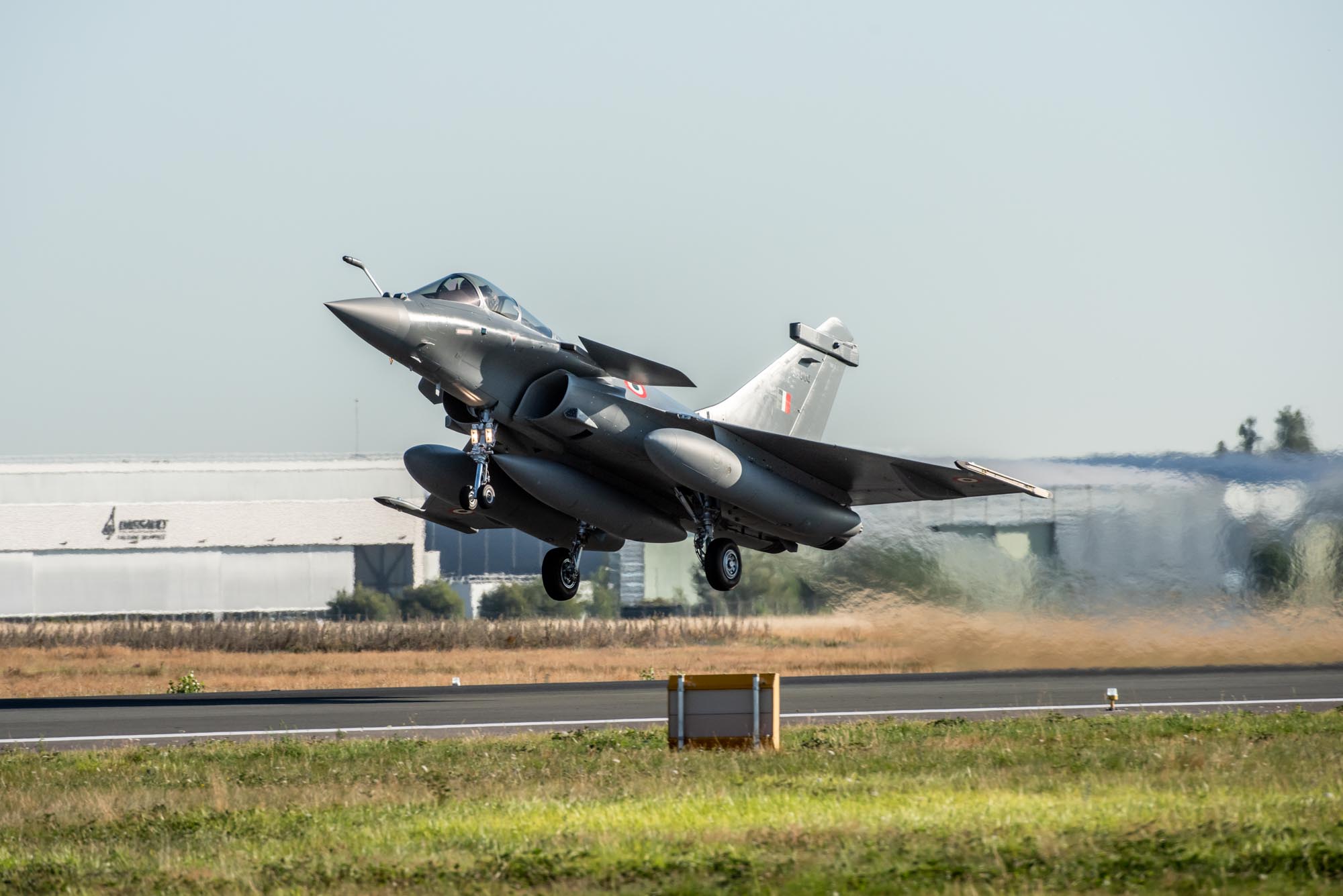
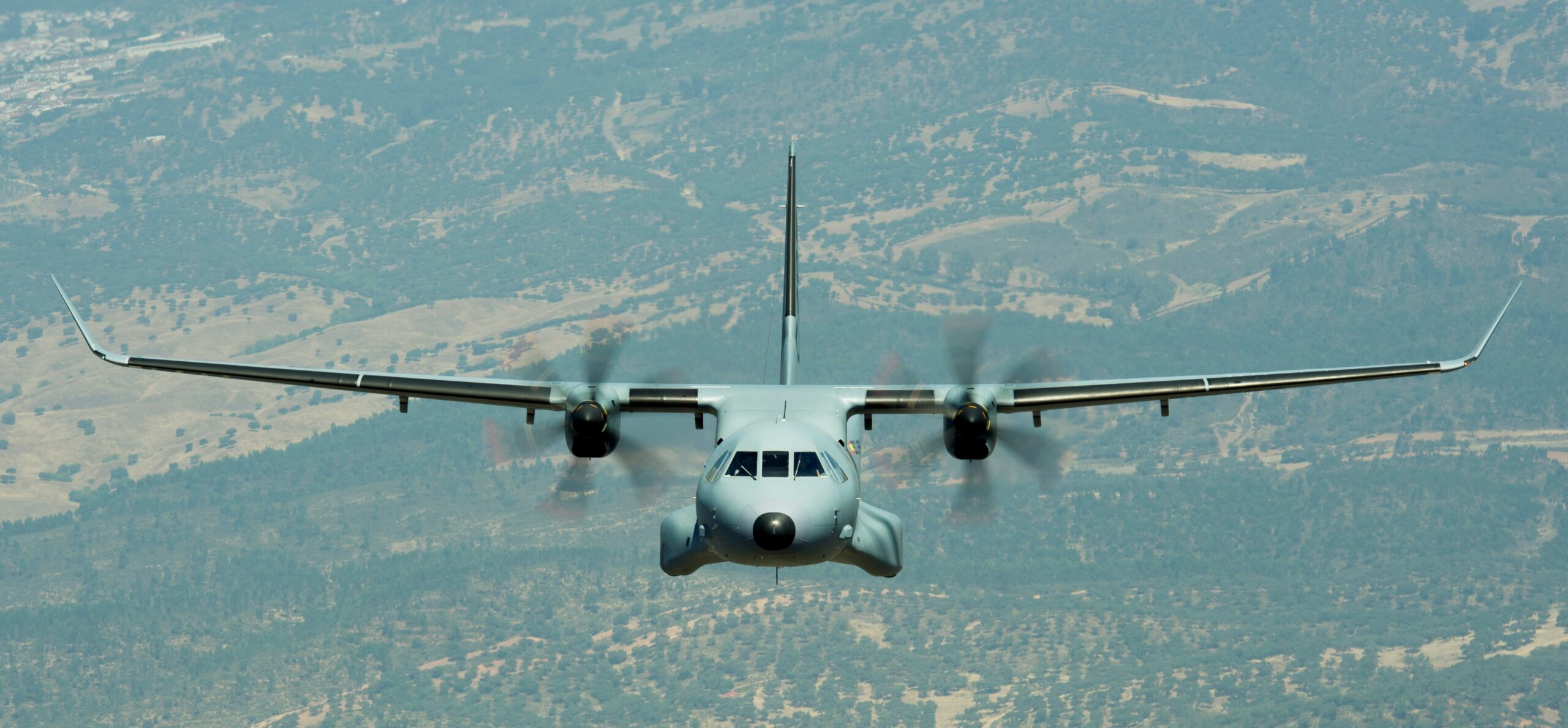

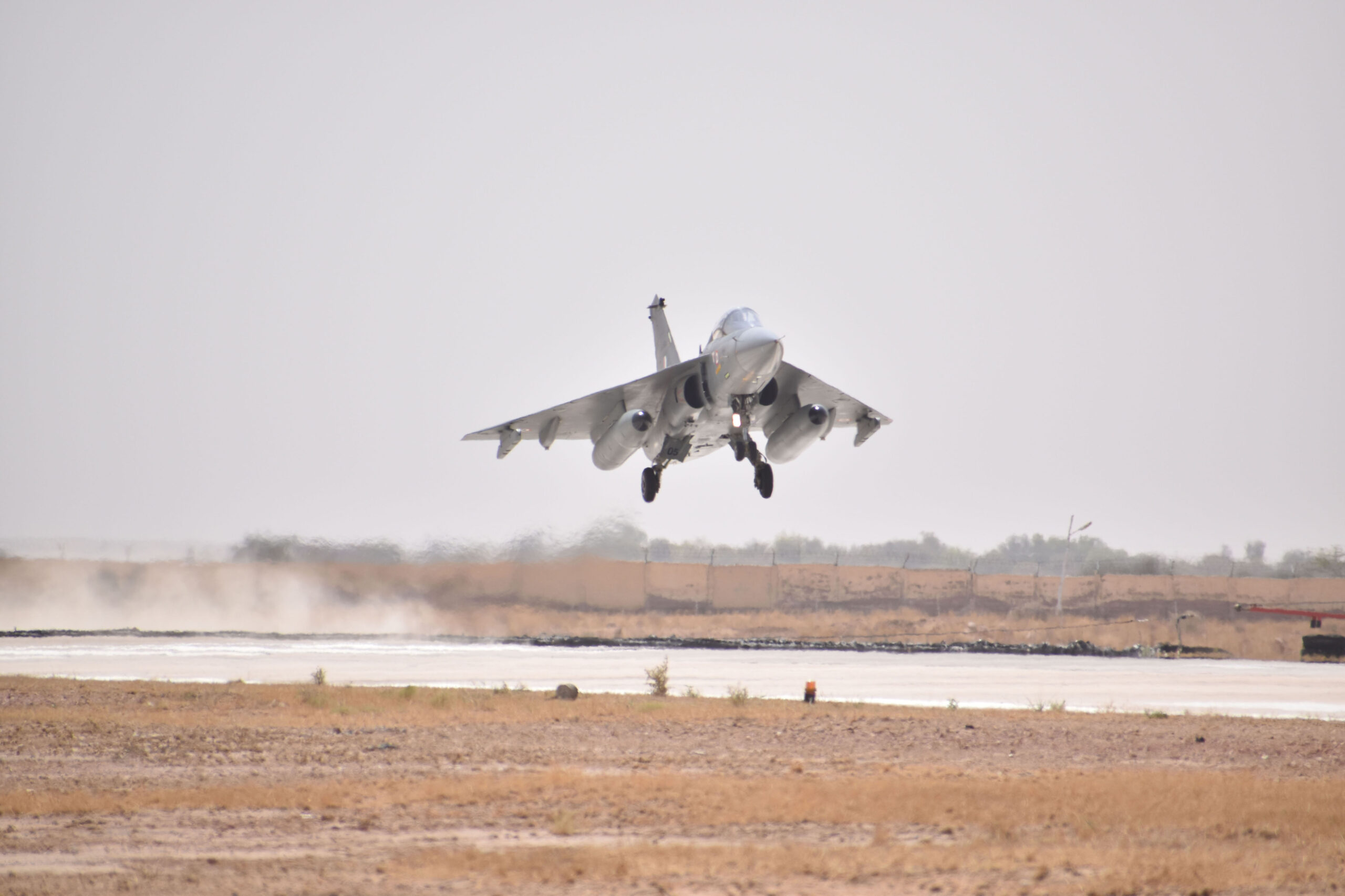
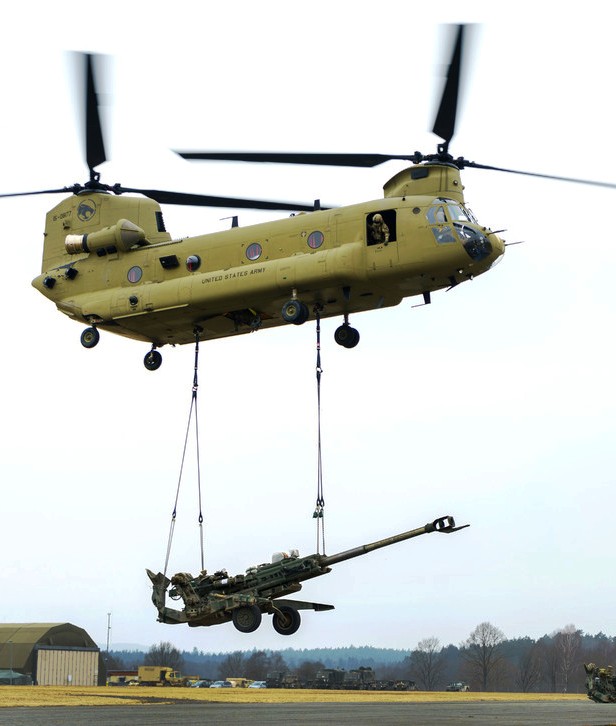
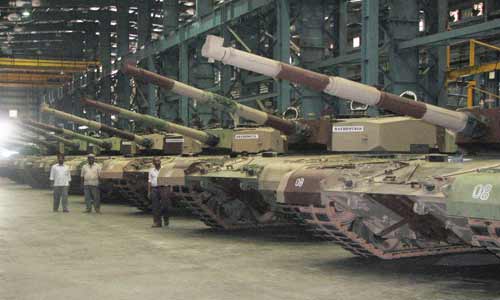
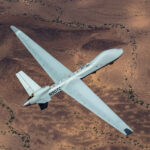

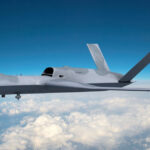
Recent Comments